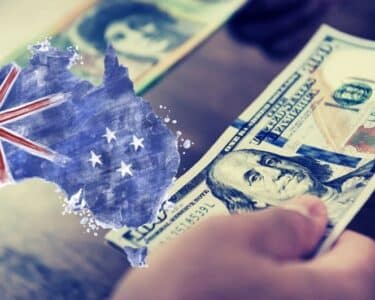As the deadline is nearing, the much talked about trade negotiation deal between the two largest economies in the world moves to a higher level. U.S. Treasury Secretary Steven Mnuchin has reached China and said he was looking forward to holding trade talks.
The talks are scheduled to run through the next Friday; it would be followed by three days of deputy-level meetings to work out technical details, including a mechanism for enforcing any trade agreement.
“Looking forward to discussions today,” Mnuchin told reporters without elaborating as he left his hotel.
He along with U.S. Trade Representative Robert Lighthizer initiated the meeting shortly afterward at the Diaoyutai state guest house with Chinese Vice Premier Liu He, the top economic adviser to Chinese President Xi Jinping.
If the two countries do not reach an agreement, U.S. tariffs on imports worth $200 billion from China are scheduled to rise to 25 percent from 10 percent. The deadline is increasing pressure and costs in sectors from consumer electronics to agriculture.
The United States President Donald Trump on Wednesday told the reporters that the negotiations had been progressing “very well.”
Trump’s advisors termed the March 1 as a “hard deadline,” and the president has said a delay was possible though he preferred not to do so.
A report of Bloomberg cited sources saying Trump was considering pushing back the deadline by 60 days to give negotiators more time.
Talking against that assumption, Hu Xijin, the editor-in-chief of China’s nationalist Global Times tabloid, tweeted that speculation on an extension was “inaccurate,” citing a source close to talks.
Chinese Commerce Ministry spokesman Gao Feng told reporters he possesses no information on the trade talks’ progress but would release information once there is an update.
Trump, however, said he did not expect to meet with Xi before March 1 deadline, but White House Press Secretary Sarah Sanders has raised the possibility of a meeting between the two leaders at the president’s personal retreat at Mar-a-Lago in Florida.
Chinese Foreign Ministry spokeswoman Hua Chunying said she noted Trump was saying his wish of meeting Xi, and that China was willing to maintain “close contact” with the U.S. side, but said she had no information to share on any visit by Xi.
U.S. Department of Agriculture Deputy Secretary Stephen Censky said on Wednesday that two head of the states were expected to meet “sometime in March,” but no dates have been set yet.
The Chinese Government has shared few details of the negotiations this week.
In the meantime, Chinese trade data released showing imports from the United States fell 41.2 percent from a year earlier to $9.24 billion, the lowest amount in dollar terms since February 2016.
Exports to the United States also declined 2.4 percent to $36.54 billion, the lowest amount since April 2018.
China’s trade surplus with the United States decreased to $27.3 billion in January, from $29.87 billion in December.
China’s soybean imports fell 13 percent in January from a year earlier, customs data showed, as a heavy duty on shipments from the United States, its second largest supplier, curbed purchases.
The United States has used tariff as a leverage to bring Beijing on the table demanding significant structural policy changes, including ending the forced transfer of American technology, fully enforcing intellectual property rights, and curbing industrial subsidies.
However, Chinese officials denied accusations of trade abuses. But, as the negotiations are moving on, the chances of China agreeing to the demands by the United States seem brighter.
However, a report in Global Times read, “China will never harm its fundamental interests. The trade war has tested the policy, and we have seen the change in Washington’s attitude.”




